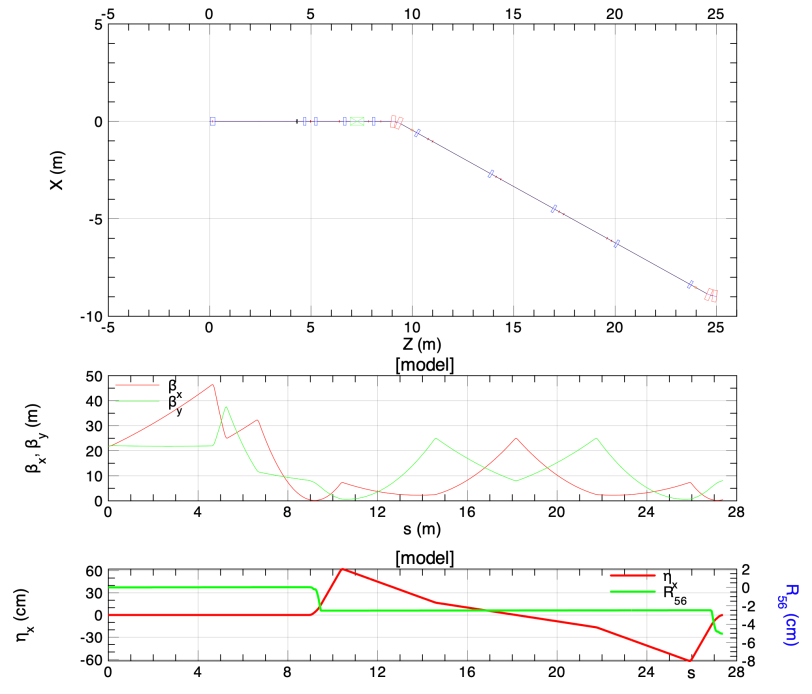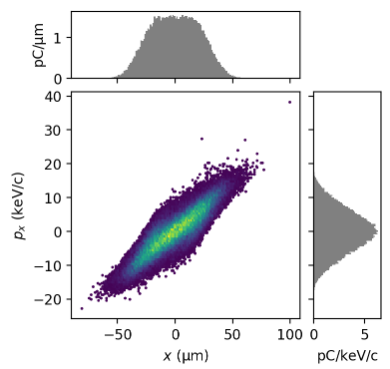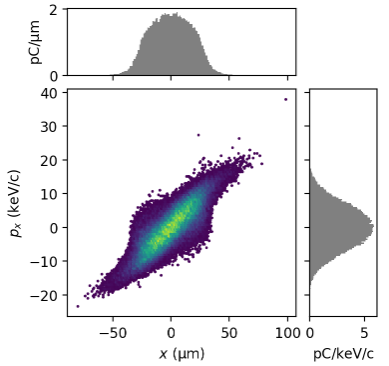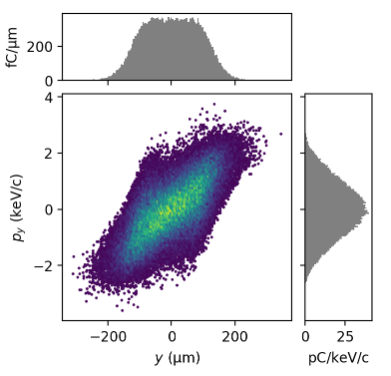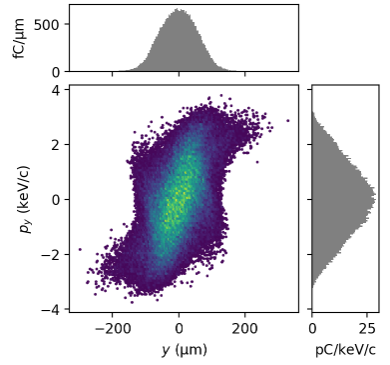Modeling
Particle acclerator modeling concerns the mathematical description of particle beams and fields. Computer simulations built from thes mathematical models inform us how beams or individual particles can be expected to behave in particle accelerators.
We develop models of both single- and multi-particle beam dynamics, and use these models to test accelerator, Free Electron Laser (FEL), and photon optics designs. Models tell us the what the position, momentum, and distribution of particles in a beam will be at each point in the accelerator, and how those parameters can be expected to change as the beam propagates through the electromagnetic fields in the accelerator.
At SLAC we also rely heavily on beam modelling online, in the control system of accelerators, to improve their performance, through computing appropriate feedback coefficients, numerical optimization, and simply predicting dynamical beam behavior.
